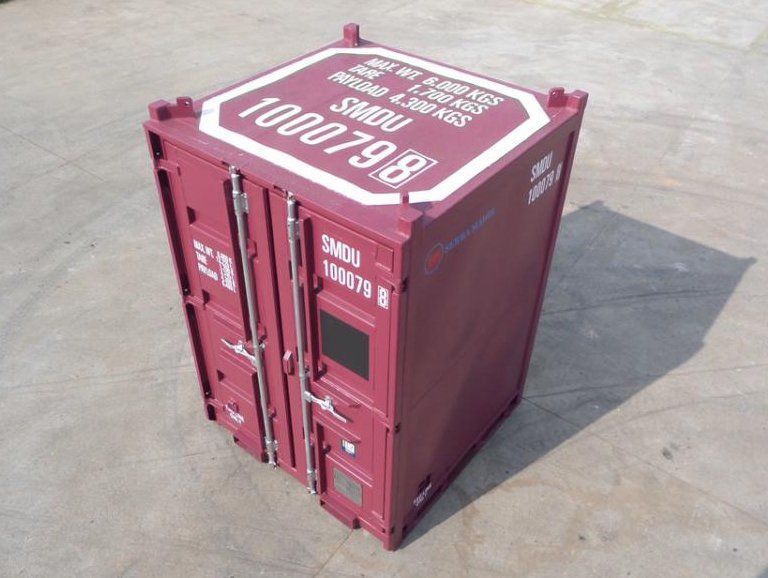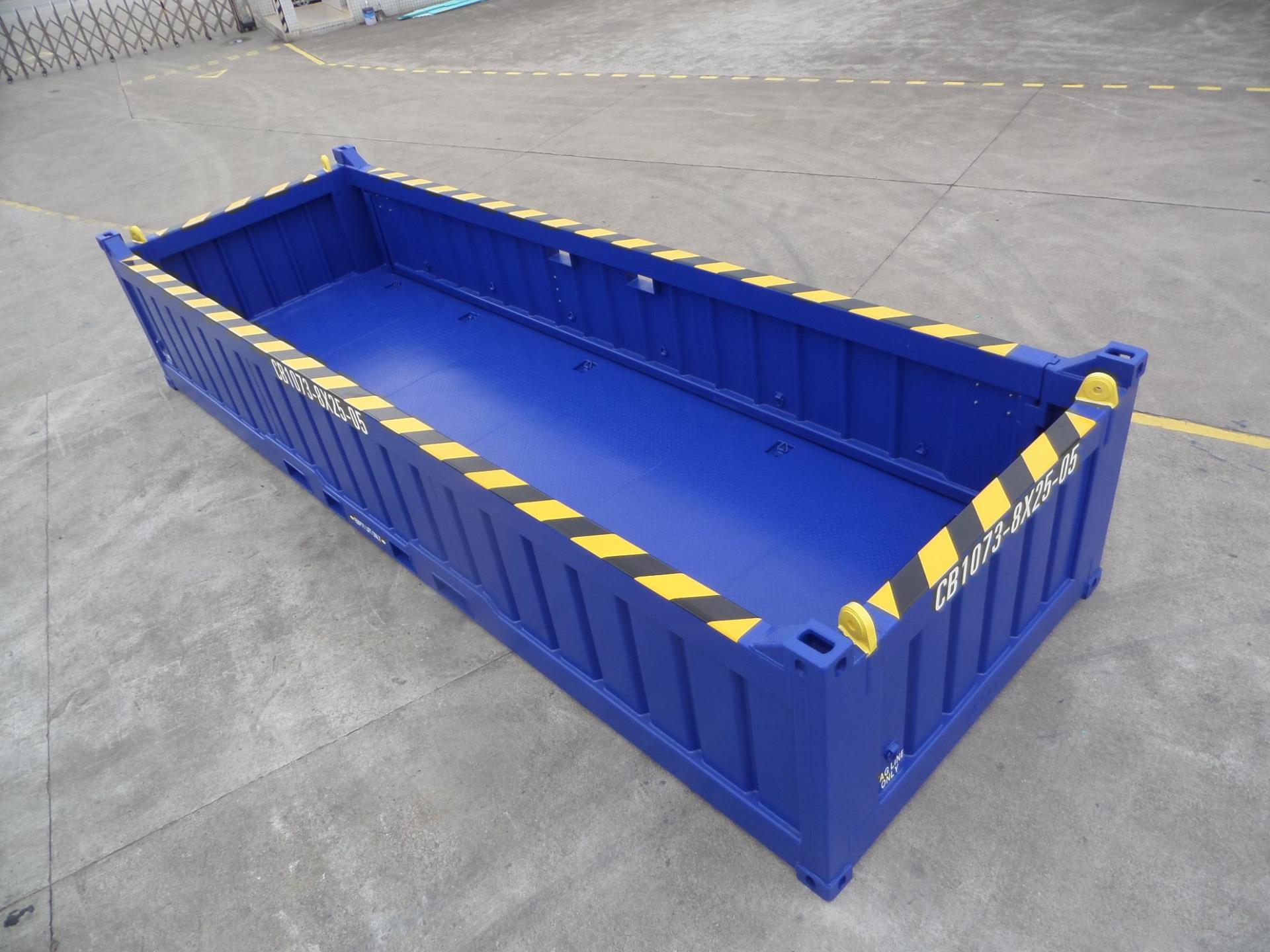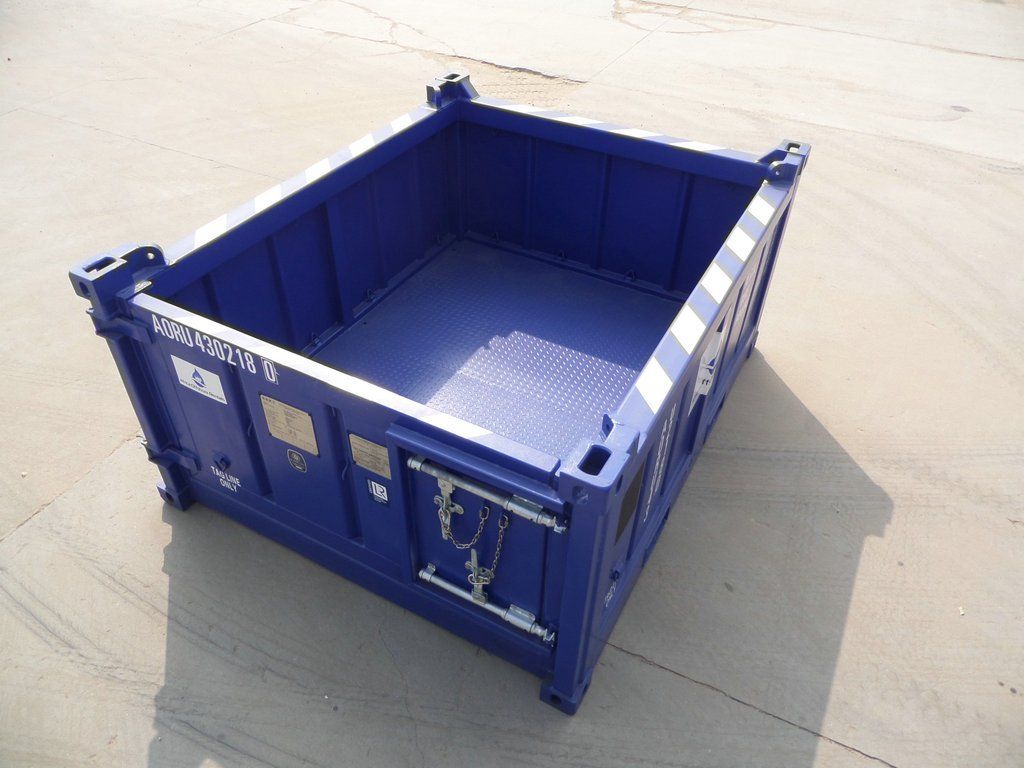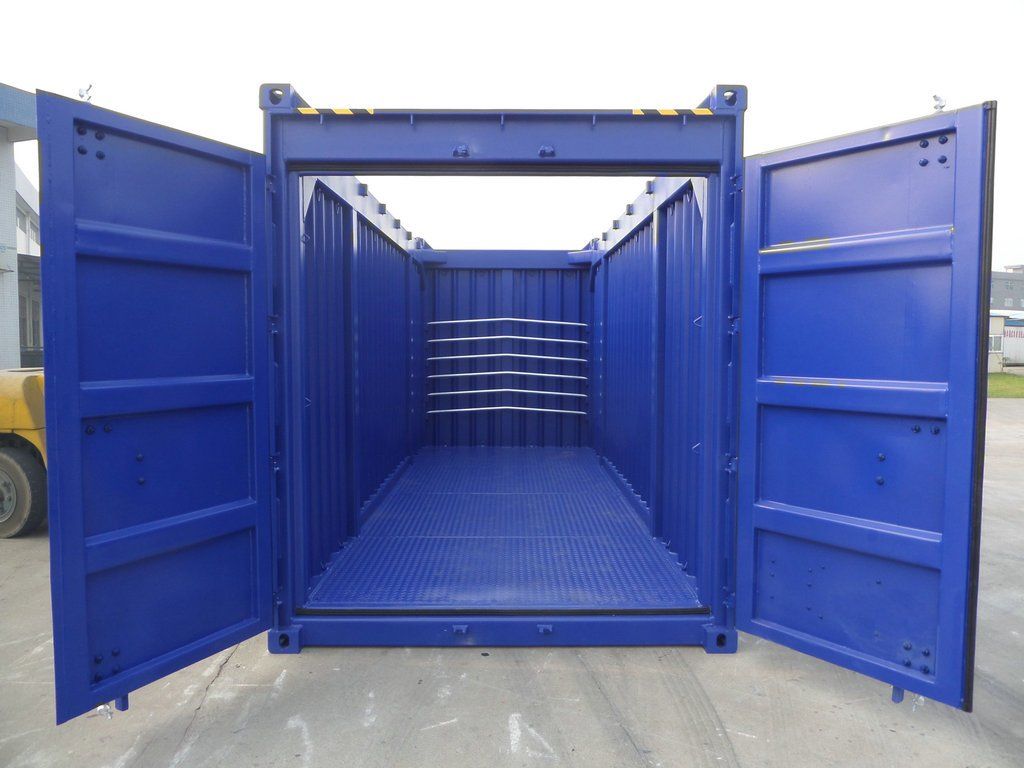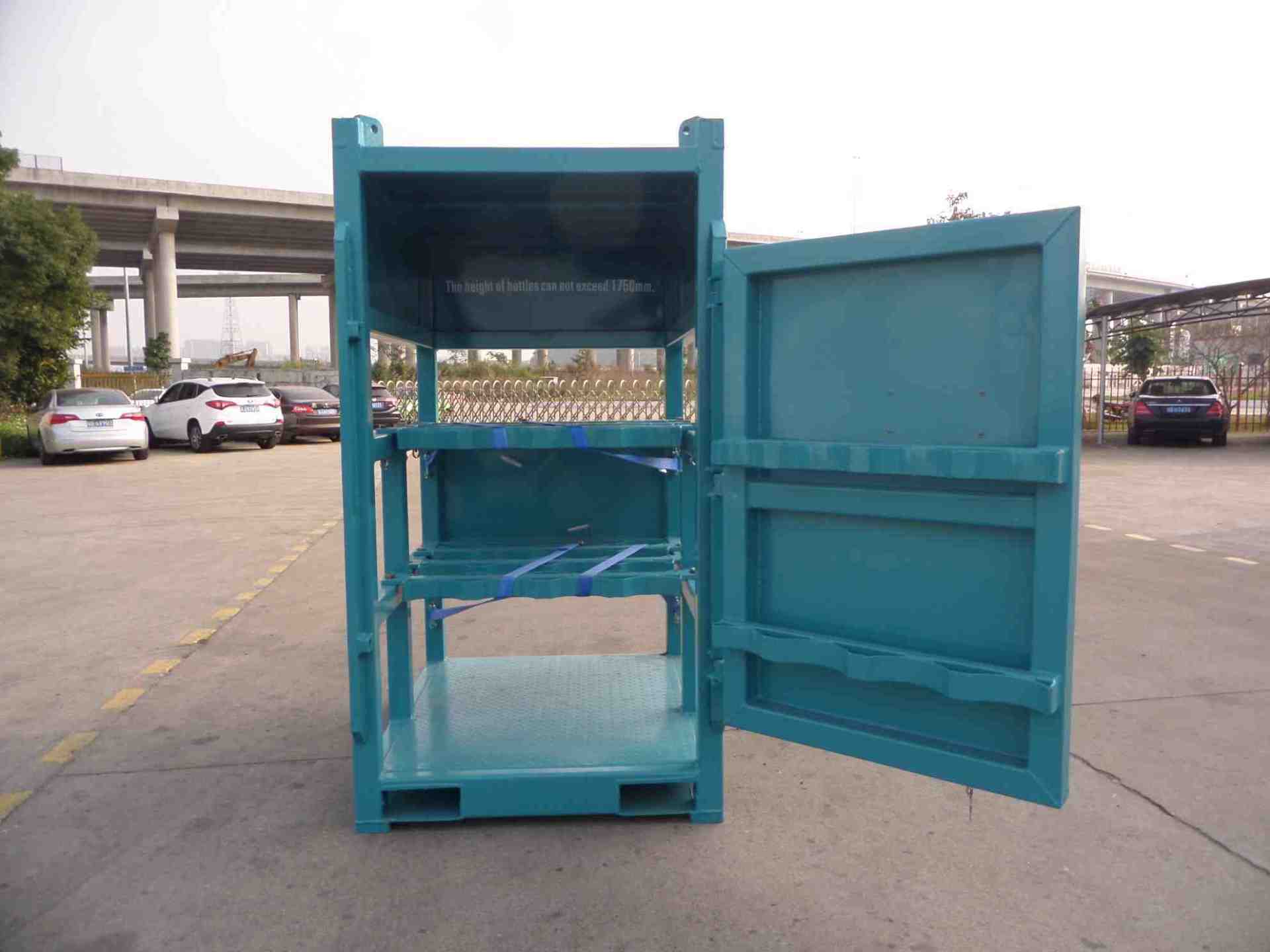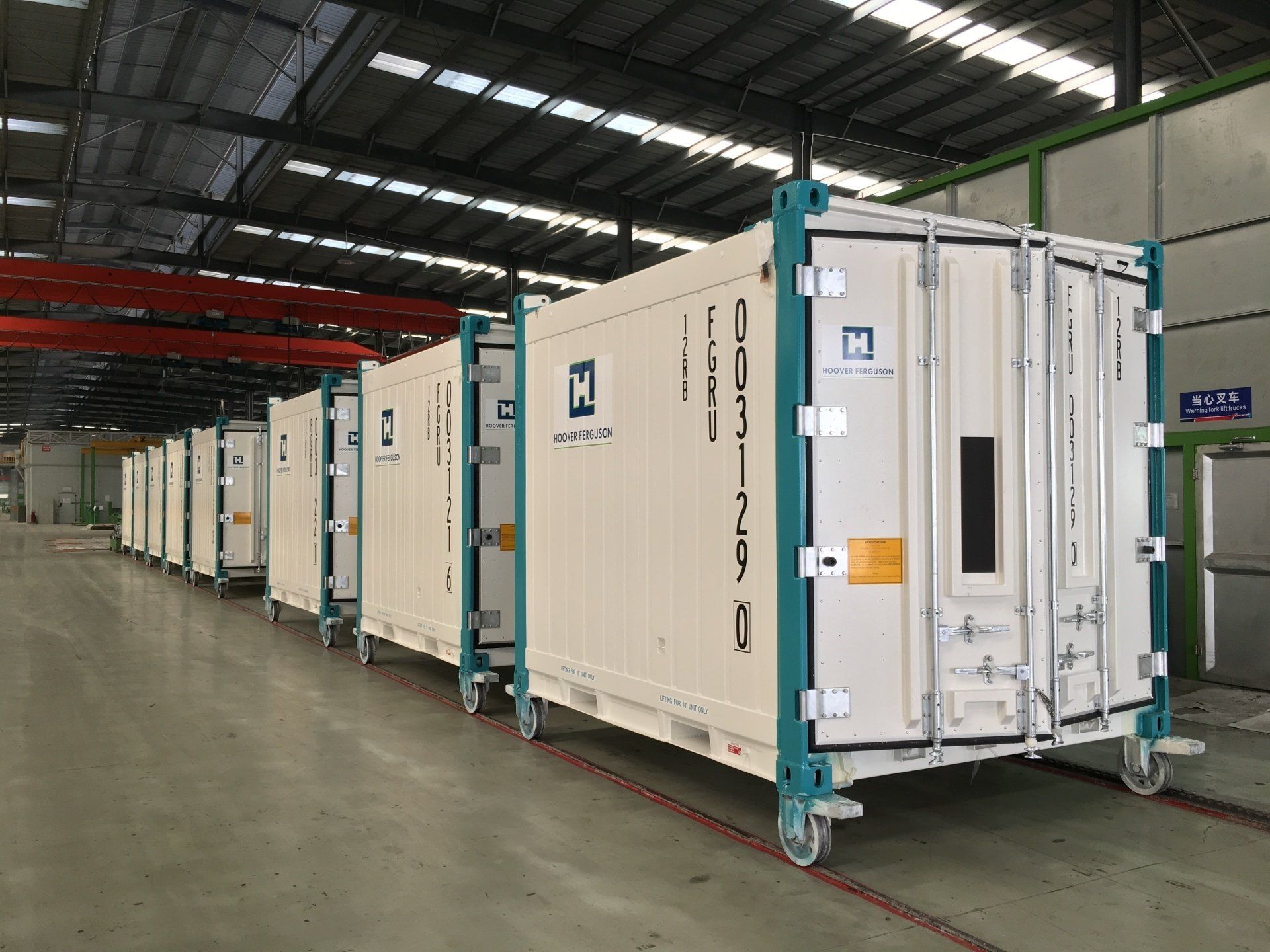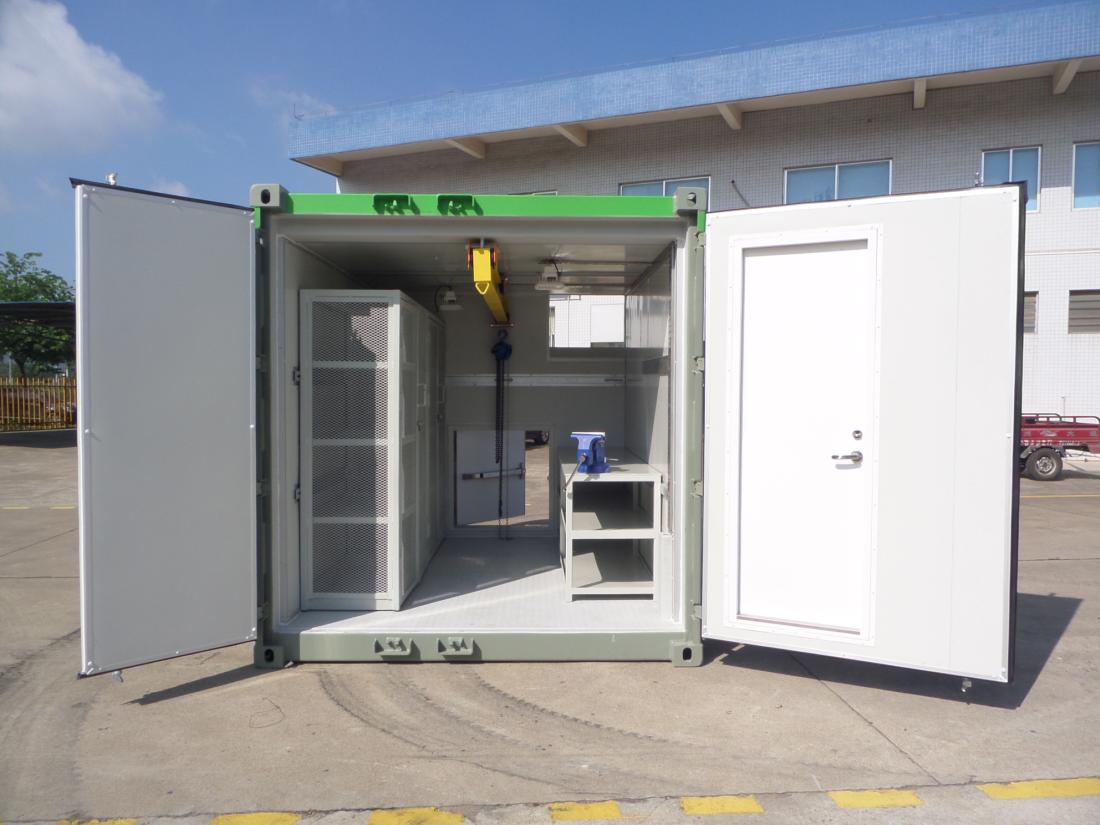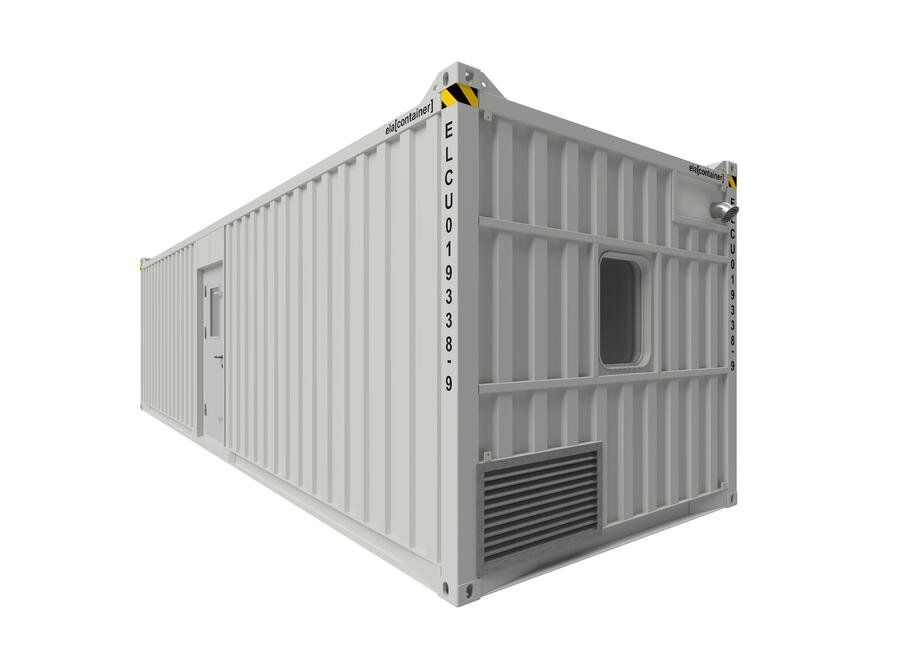Products
Rigtrans cargo carrying units (CCUs) , baskets, containers and modules are all designed, manufactured and certified to comply with the requirements of DNVGL-ST-E271/2/3, EN12079, ISO10855 and other standards depending upon the equipment type. All models can be supplied in the owner’s or the operator’s house colour scheme and markings and be identified with the user’s fleet numbering system. Most equipment types feature fork lift pockets for ease of lifting and positioning around supply bases. Units can be equipped with sling sets all of which comply with DNV-GL certification. All equipment is designed to be multi stacked to minimise space usage at operating terminals. Many units are enabled to be multi stacked with their sling sets fitted. Such capability is in line with DNV-GL best practice and it is time saving in not having to remove and then reattach sling sets when the equipment is in storage. The possibility of damage to the equipment is reduced as is the mismatching of CCUs and sling sets during reassembly.
One of the largest cost savings over the lifespan of CCUs and modules is the efficient delivery ex-works to the place of deployment. Many of Rigtrans designs incorporate features which enable equipment types, which would ordinarily be freighted on heavy lift or breakbulk vessels, to be carried on containerships thereby greatly reducing the cost of delivery. For example, 20ft half heights can be paired up to form a 20ft ISO module and four 10ft half heights can be built into a 20ft “pod”. 10ft dry cargo units, and variations including 10ft open tops and multi door units, can similarly be turned into ISO compatible containers. All accessories required to form the 20ft units are ISO/CSC approved.
Rigtrans equipment is designed and built with an eye for detail. This is especially the case for units entering the rental sector. In order to make the units as flexible in service as possible, often for deployments and applications yet to be defined, multiple cargo lashing points are fitted as standard, door widths and other openings are as wide as the designs allow and cargo volumes can be maximised both in terms of cubic capacity and gross weight.
Here follows an overview of various equipment types. Owing to continuous product development, all specifications are indicative and individual unit’s dimensions may differ.

